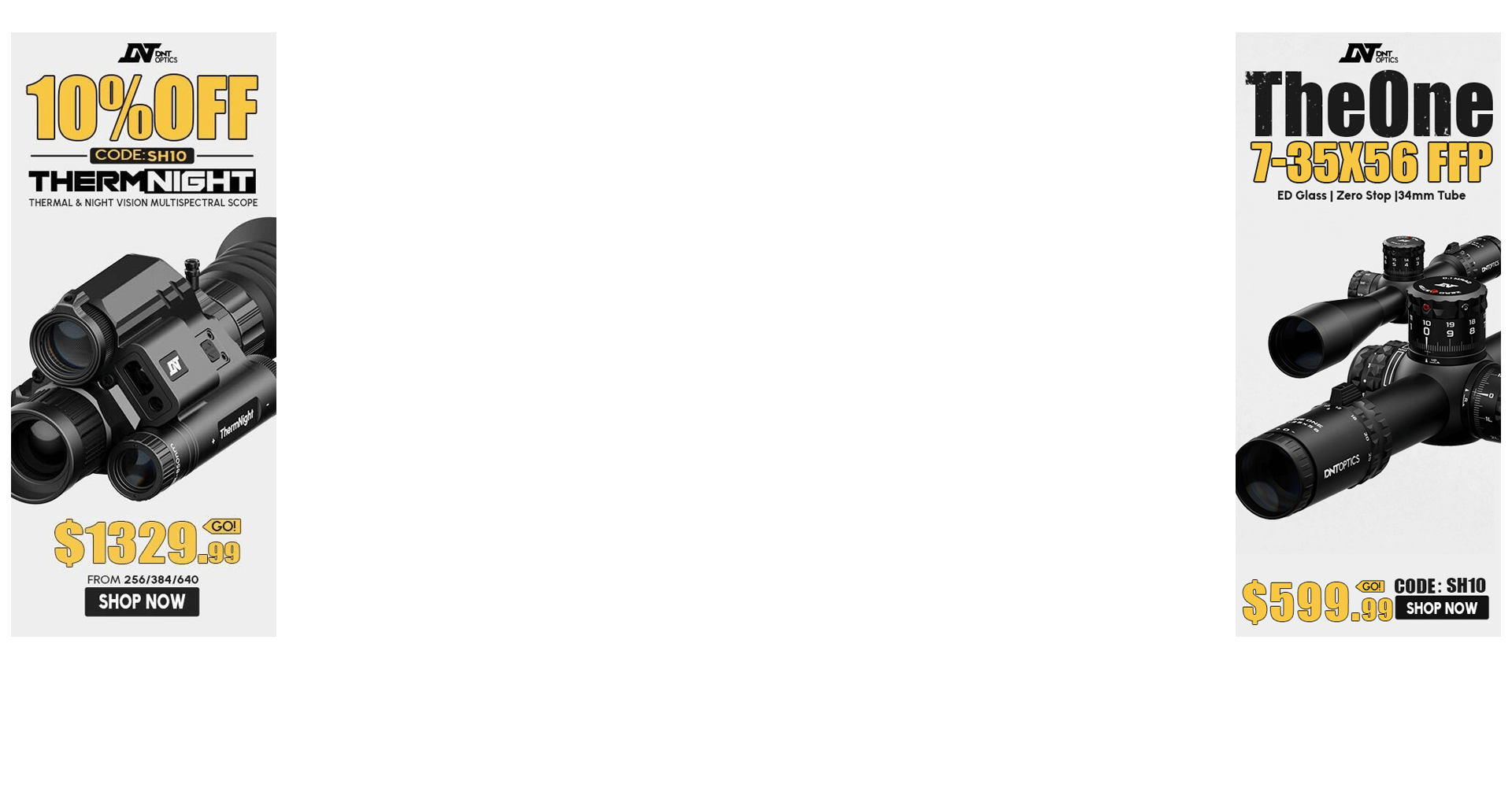So I watched a video years ago where Frank was talking about having to accept indexing and trading (in my language compromising, I think) between the fundamentals when the position is not perfect.
There is always lots of chat on here about running the fundamentals perfectly and the results when you don't. This is all great as learning and as best practice when time allows, but what about when time does not allow ? For me it is mainly about a compromised natural point of aim. Are there cheats to get the quick shot in when you need to that is 'good enough' ?
I have been shooting 7.62 and 6mm stuff but am going to move up to a 7mm SAUM. The range will be fine but out hunting the second (+) shots are going to be the challenge. We can all set up pretty for the first one even if it is a bit compromised, but when they are all milling about then stop for a second I am not going to have time to finesse my npa.
I was playing about with this on the range yesterday and it was back to school with the muzzle jumping around. Good for highlighting laziness on the fundamentals but what do I do when the npa compromised and that is as good as it is going to get??
There is always lots of chat on here about running the fundamentals perfectly and the results when you don't. This is all great as learning and as best practice when time allows, but what about when time does not allow ? For me it is mainly about a compromised natural point of aim. Are there cheats to get the quick shot in when you need to that is 'good enough' ?
I have been shooting 7.62 and 6mm stuff but am going to move up to a 7mm SAUM. The range will be fine but out hunting the second (+) shots are going to be the challenge. We can all set up pretty for the first one even if it is a bit compromised, but when they are all milling about then stop for a second I am not going to have time to finesse my npa.
I was playing about with this on the range yesterday and it was back to school with the muzzle jumping around. Good for highlighting laziness on the fundamentals but what do I do when the npa compromised and that is as good as it is going to get??

